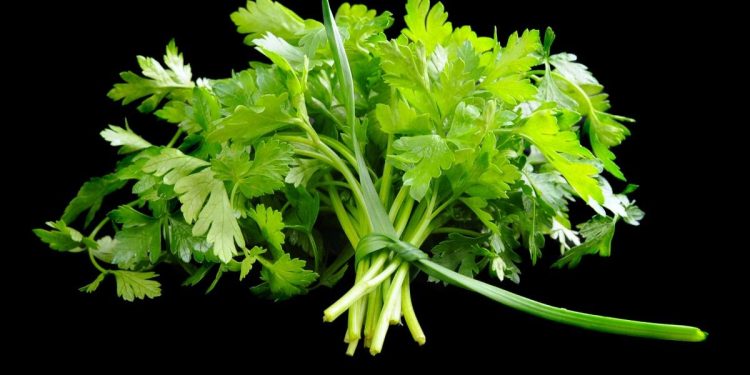Petroselinum crispum, commonly known as parsley, is a popular culinary herb that is grown for its leaves and roots. It is an easy-to-grow crop that can thrive in various conditions, making it a great addition to any farm or garden. In this article, we will discuss the best practices for growing and managing parsley for optimal yield.
According to the University of Illinois Extension, parsley requires well-drained soil that is rich in organic matter. It is recommended to plant parsley in early spring or late summer when the temperature is mild, and the soil is moist. Parsley can be grown from seeds or transplants, and it is important to keep the soil consistently moist until the plants are established.
Parsley is a relatively low-maintenance crop, but it does require regular fertilization to promote growth and yield. According to the University of Massachusetts Amherst, parsley benefits from nitrogen-rich fertilizers such as blood meal or fish emulsion. It is important to avoid over-fertilization as it can lead to excessive growth of leaves and stunted root development.
Another important aspect of managing parsley is pest and disease control. According to the University of California Agriculture and Natural Resources, parsley can be affected by various pests and diseases such as aphids, leafhoppers, and root rot. To prevent infestations, it is recommended to keep the planting area clean and weed-free, and to practice crop rotation to prevent soil-borne diseases.
In conclusion, parsley is a versatile crop that can be grown in a wide range of conditions. By following the best practices for growing and managing parsley, farmers and gardeners can achieve optimal yield and quality of this popular culinary herb.
#PetroselinumCrispum #Parsley #Agriculture #CropManagement #Fertilization #PestControl #DiseaseControl #OrganicFarming #Farmers #Gardeners #Herbs











